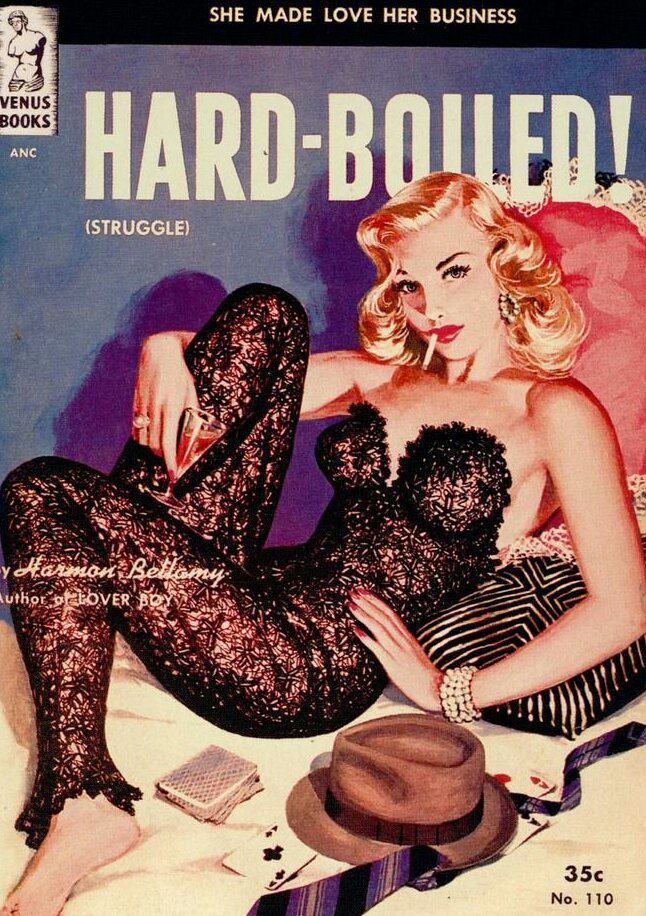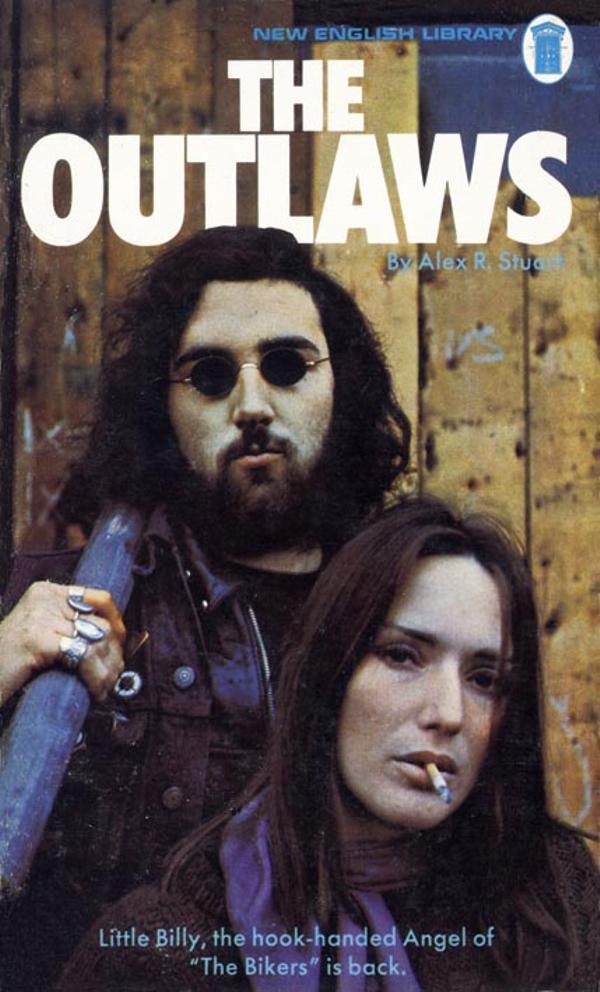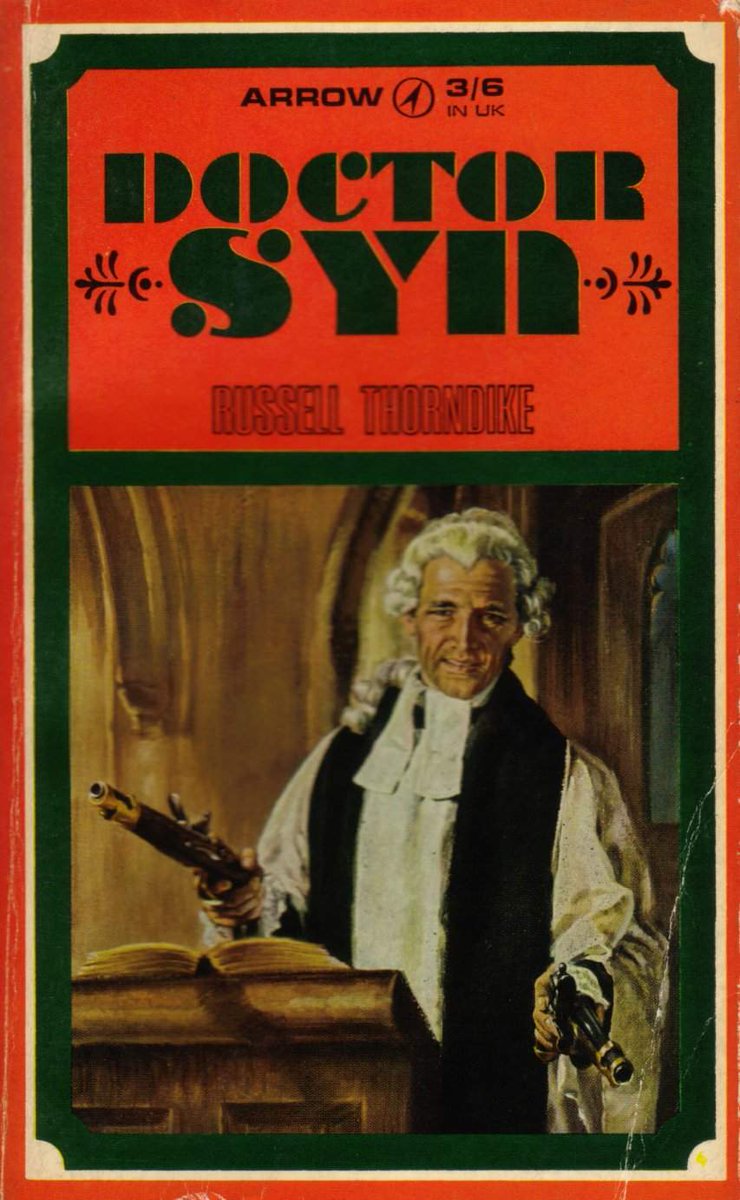Time once again for my occasional series "Women with great hair fleeing gothic houses!"
And today it's a Queen-Sized Gothic special...
And today it's a Queen-Sized Gothic special...

'Queen-Size' is a polite way of saying large print, which is a format that has a lot going for it. For a start it's much easier to read! 

However for years the standard size for a paperback book was the dimensions of a coat pocket. Paperbacks were meant to be read on the train or bus, so they had to be compact. The US term for them was 'pocket books.' 

Fonts were serif - normally Baskerville or Times New Roman - and sometimes as small as 10 point. Text margins were very narrow and line spacing was tight. It was a constant battle to fit readability into as small a space as possible, and it didn't suit all audiences. 

So in 1964 Frederick Thorpe, a publisher from Leicester, began reprinting classic novels in 16 point to help older people with sight problems enjoy them. Initially the main market for these was public libraries, but they soon made their way into the world of paperbacks. 

A larger font means a larger book, but not necessarily a longer read. So gothic romance publishers coined the phrase Queen-Sized to indicate a normal length novel that was just in a larger print. 

Nowadays anything 14 point and over is considered large print, but size isn't the only way to improve readability: more use of white space, wider line spacing and better paper stock all help. 

Yet it wasn't until the mid-1970s that publishers began to abandon the convention that a paperback had to fit into an overcoat pocket. Sizes gradually increased as the market for hardbacks began to reduce. You'd struggle to get most modern paperbacks into a small handbag! 

The distinction between paperback and hardback has also become blurred over the last 40 years and one is no longer seen as superior to the other. In fact some modern paperbacks have been made deliberately bigger to suggest higher literary quality. 

If you self-publish it's still a good idea to keep to 12 or 13 point in a serif font. Chapter headings can be sans-serif for contrast, but it's best to stick to two or three typefaces to ensure consistency. 

Larger fonts and book sizes are one of the many ways that gothic romance influenced modern publishing. As a genre it's done a lot to change how we view the humble paperback, as well as how we market and promote it. 

• • •
Missing some Tweet in this thread? You can try to
force a refresh
























